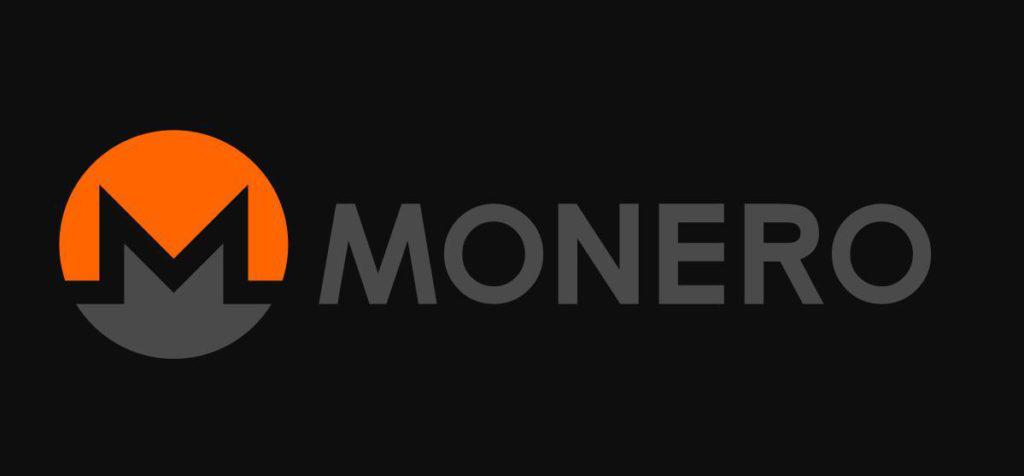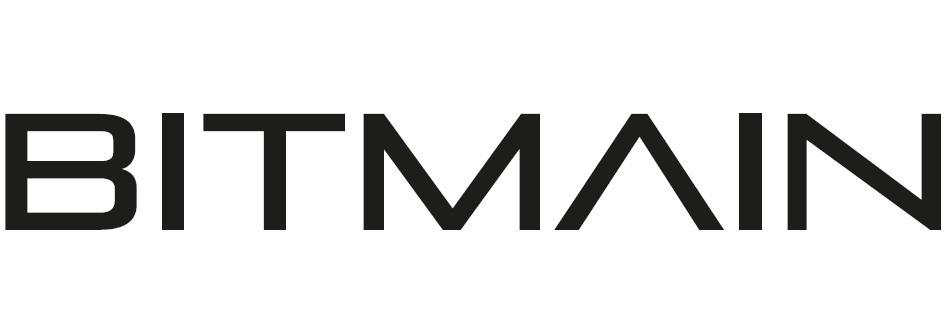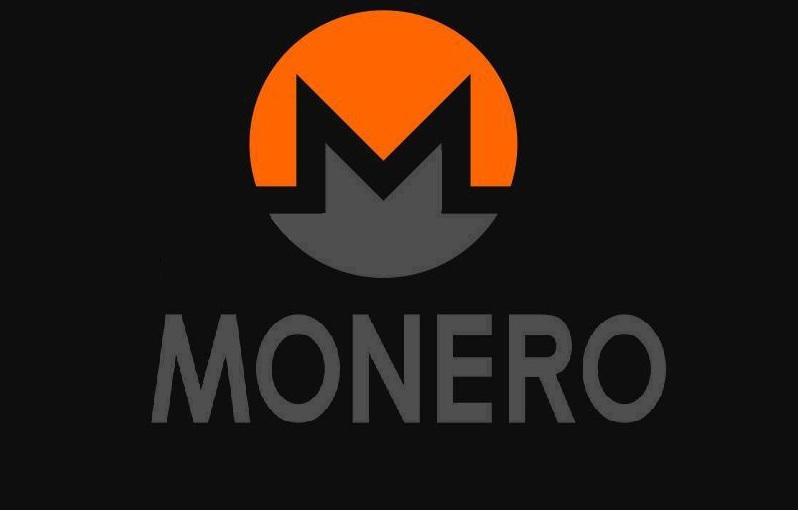Monero’s Hark Fork Yields Four New Projects
Monero completed its version 12 hard fork this week and it has resulted in four new projects. The four new projects are Monero Classic (XMC), Monero Original (XMO), Monero 0 (XMZ) and Monero-Classis (XMC).
All four new projects will continue on the version 11 of the protocol, meaning they are all still compatible with a single network and are still using the same coin; they just have four different names now.

What’s new with the latest hard fork?
So, besides creating four new projects, what else did the version 12 of the hard fork do for the Monero community? There have been several new features introduced with this new hard fork. The ring size has been increased to allow for larger and more private transactions but will be more resource intensive. The increased ring size also means that multi-signature transactions, Ledger Nano S support etc. are going to get better.
The main reason to take this hard fork – to ensure that all existing ASIC mining hardware can’t work on Monero – has been successful. This change in Monero’s Cryptonight proof-of-work hashing algorithm is critical as ASIC miners could have launched a denial of service (DoS) attack on non-mining nodes as well as non-ASIC miners in the Monero network.
The reason why the Monero community agreed to this hard fork, despite it resulting in 4 new projects, was to prevent such a takeover by ASIC miners.
The Four New Forks
While four new forks may have been created, they are all still going to use the same protocol. Interestingly, these forks were created based on the developers’ opinions regarding the main reason for the hard forking – ASIC mining hardware.
According to the first project Monero Classic’s representative Bento Tan, the development of ASICs was actually healthy as it increased competition in the market, which in turn would drive growth. He said their team felt that hard-forking to prevent mining hardware useless was actually a much bigger risk to the community and creates more centralization.
Monero-Classic agrees with the first project’s developers – that the creation of hardware specific for mining was a natural process of development of a market. Rumors are that this project was actually something created with the help of Bitmain’s mining pool – AntPool – and might be a way for the ASIC manufacturer to get a leg in to the Monero protocol.

Monero 0 has taken the stance that led to the hark fork in the first place – that mining should remain low cost and accessible to all. However, the team also wrote on its website that a continuous hard forking strategy to stay ahead of mining companies like Bitmain is not a sound or reasonable solution.
Monero Original is the one fork that has almost no information to give out. Except for a statement to the effect that they were the original coin, the developer team hasn’t said much about their project.
There are also rumors that a fifth project – MoneroC – was created during this hard fork, but there are so far no confirmations about that project.

